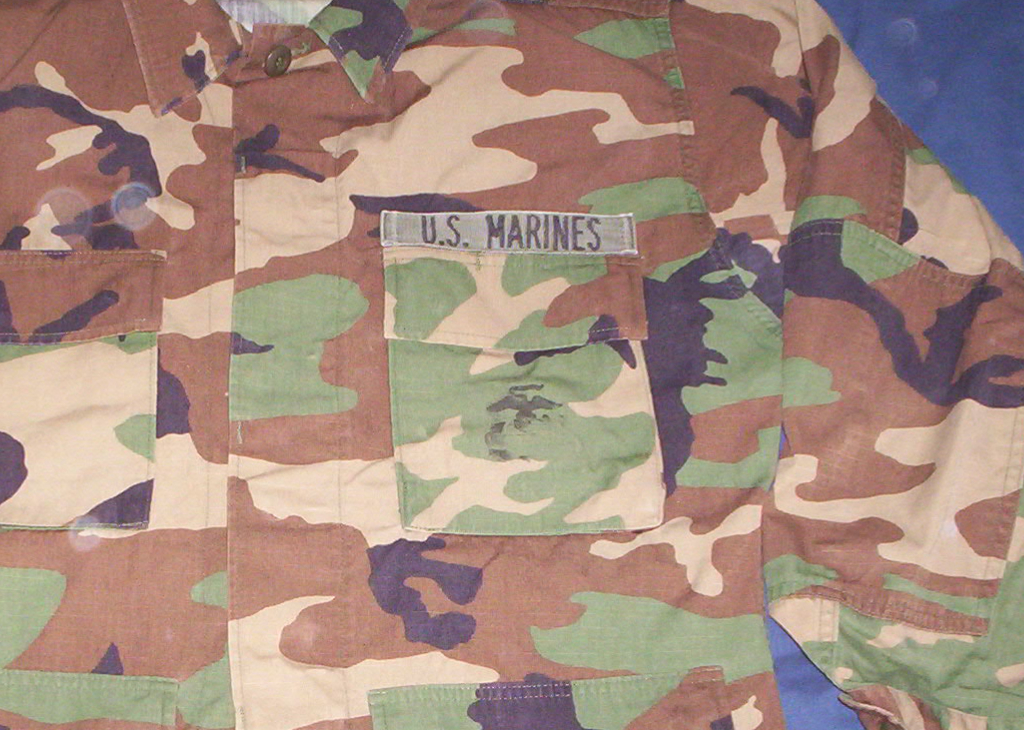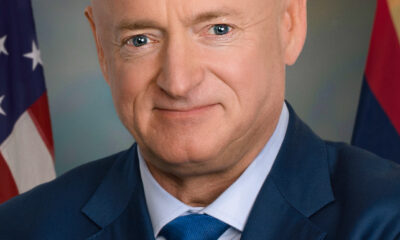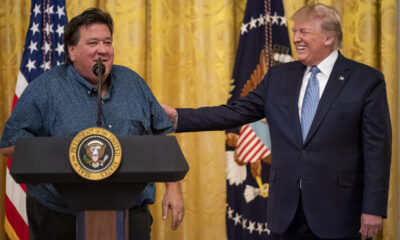Civilization
Marine Corps Force Design: In Defense of Chowder II

Ian Whitfield is a part time U.S. Army military police officer and a graduate student at Georgetown University. As a cop, he should know how dangerous it is to blunder into a family domestic dispute without knowing the culture he is encountering. Mr. Whitfield decided to weigh in on an internal Marine Corps dispute in a recent piece in this publication. He accuses a group of retired Marine Corps general officers calling themselves “Chowder II” of undermining the current Marine Corps’ leadership and damaging the future recruiting efforts of the organization. I disagree with his analysis and would like to explain why.
What is Chowder II, whom are they fighting, and why?
First, let me state clearly that I am not a part of Chowder II. I agree with their goals, but we sometimes disagree on methods to attain the goals. The namesake of Chowder II was an informal organization dedicated to saving the Marine Corps from efforts by senior U.S. Army officers and President Harry Truman to emasculate a service that had played a major part in winning World War II in the Pacific. They called themselves “The Chowder and Marching Society.” Through newspaper articles and adroit congressional lobbying, they were able to save the Marine Corps and turn it into the ongoing force in readiness that it became until 2020,
The crux of the conflict is that the former commandant, General David Berger, implemented a radical change in the organization and focus of the Marine Corps from a world-wide naval rapid reaction force capable of accomplishing missions in the planet’s most likely trouble spots into a force concentrated primarily on China in the South China Sea (SCS). Berger’s vision was to have marines armed with anti-ship missiles occupy small islands and islets in what is called the First Island Chain designed to confine the Chinese Navy to the SCS in the event of a conflict.
Force Design and what’s wrong with it
He planned to buy the anti-ship missiles and associated with his concept called “Force Design 2030,” recently changed to “Force Design.” If the general had asked for additional assets to take aboard this new mission, there would likely not have been a major internal struggle. Instead, he adopted a “divest to invest” strategy that gave up previously essential capabilities considered necessary to do traditional – and needed – Marine Corps missions. These included all of its tanks much conventional artillery, assault breaching assets, and much of its infantry as well as aviation assets.
Mr. Whitfield’s first objection to the Chowder group is that they are undermining the legitimacy of the Marine Corps by causing internal dissent and argues that is not the job of retired officers. There is indeed internal dissent, but it is not limited to the retired community. If one reads the Chowder discussion blog “Compass Points” there is an insurgent group of active duty Marines – some fairly senior – who believe FD is folly. They cannot openly dissent because they are under a not so subtle gag order to keep their views to themselves. The senior leaders of the Marine Corps have made themselves illegitimate. Their approach is Stalinist.
A rigged validation process
Mr. Whitfield’s second objection to Chowder II is that it discourages innovation in the Marine Corps. The Corps has been a leader in innovation, and many of the former general officers involved in Chowder II were key in some of the most innovative accomplishments of the 20th century such as the development of maneuver warfare and advanced urban operations. Those innovations were accompanied by healthy – and sometimes heated – internal debate. They also involved war games and force-on-force field experiments where some truly bad ideas were discarded.
None of that happened in the development of Force Design. It was the idea of the commandant. He convened a small, trusted group of trusted and discreet advisors, who wrote the concept and then directed a series of classified war games where the participants were sworn to secrecy and forced to sign non-disclosure agreements. A recent Marine Corps Times investigative article casts grave doubts as to the legitimacy of those games that “validate” Force Design.
Chowder II trying to have open debate
I was the Director of the Marine Corps Experimental Unit which expanded into the Marine Corps Warfighting Lab, and later became its Chief of Staff of that organization. We prided ourselves in trying new concepts and admitting when they failed. This approach was entirely missing in the Force Design concept. We consulted with experts in innovation such as the late Dr. Williamson Murray and Andrew Marshall Director of OSD Net Assessment) to try to cross check our results. There is no evidence that such an approach was used in the development of Force Design, but since the proceedings are classified, we will probably never know.
Mr. Whitfield’s final attack on Chowder is that it discourages Marine Corps recruitment. Frankly, I would not encourage my grandkids to join an organization that has a flawed doctrinal approach that might get them unnecessarily killed. Force Design is bad doctrine, bad operational art, and bad tactics.
Chowder II is trying to have the kind of open and honest debate that should have been conducted before Force Design was implemented. This is not a case of a group of disgruntled retirees resisting change. The Marine Corps is a family, and families occasionally feud. Cops like Mr. Whitfield are best advised to stay out of the line of fire.
This article was originally published by RealClearDefense and made available via RealClearWire.
Gary Anderson lectures on Alternative Analysis at George Washington University's Elliott School of International Affairs. He served as a Special Advisor to the Deputy Secretary of Defense
-

 Guest Columns4 days ago
Guest Columns4 days agoShe Saved Her Life. 7-Eleven Fired Her
-

 Civilization4 days ago
Civilization4 days agoDemocrats’ Viral Video Lights Match to the Republic
-

 Guest Columns4 days ago
Guest Columns4 days agoWaste of the Day: What’s Big, Grey And Costs $350K?
-

 Civilization3 days ago
Civilization3 days agoThe AI Challenge: Palantir, the Pope, and Paul Kingsnorth
-

 Civilization3 days ago
Civilization3 days agoNo Kings, No Queens, No Blind Loyalty
-

 Executive3 days ago
Executive3 days agoWaste of the Day: California’s $450 Million 911 Center Doesn’t Work
-

 Civilization2 days ago
Civilization2 days agoThe World Needs to Restore Balance and Objectivity on Climate
-

 Civilization1 day ago
Civilization1 day agoFree Speech Requires a Pious Commitment











